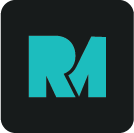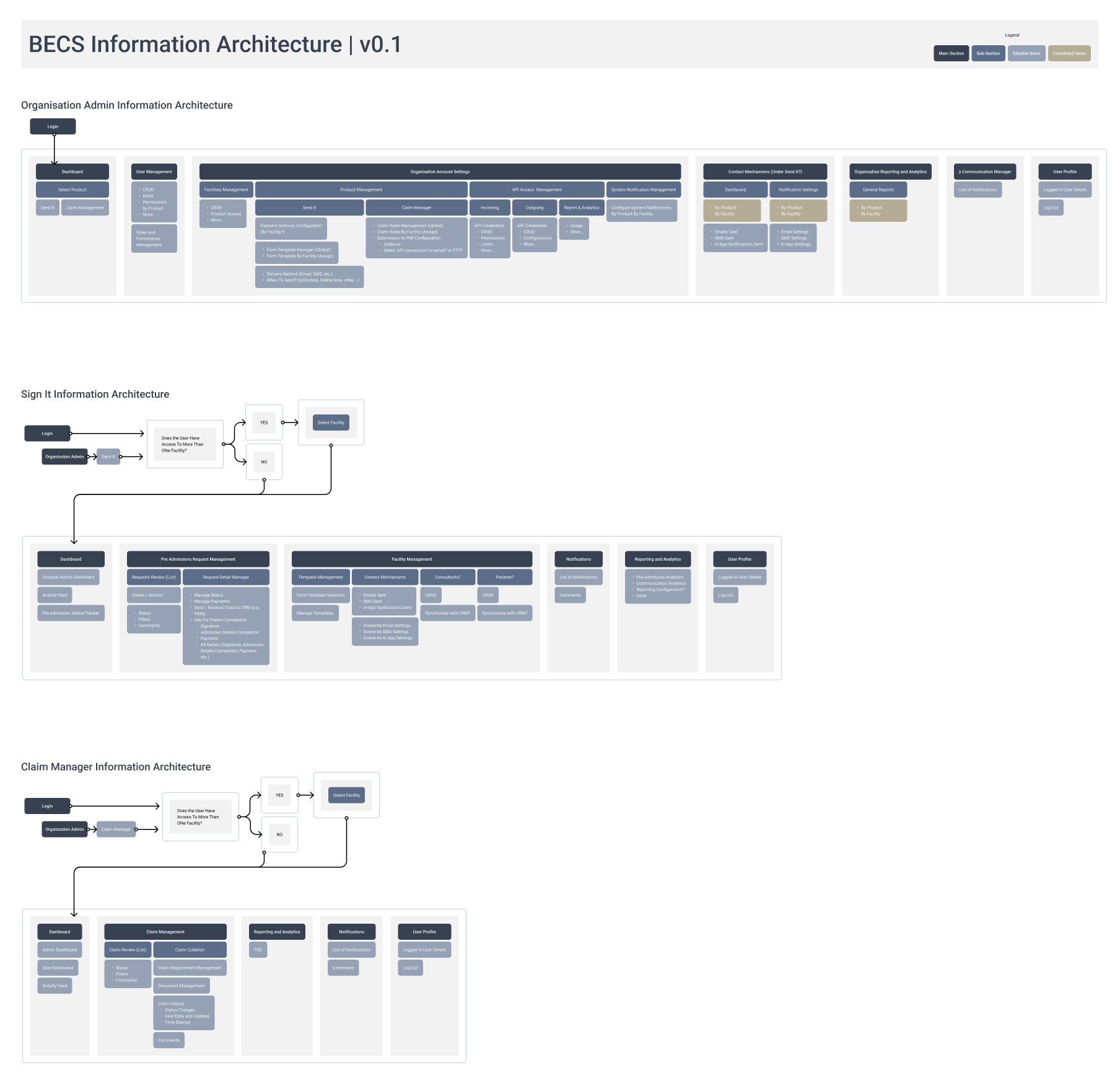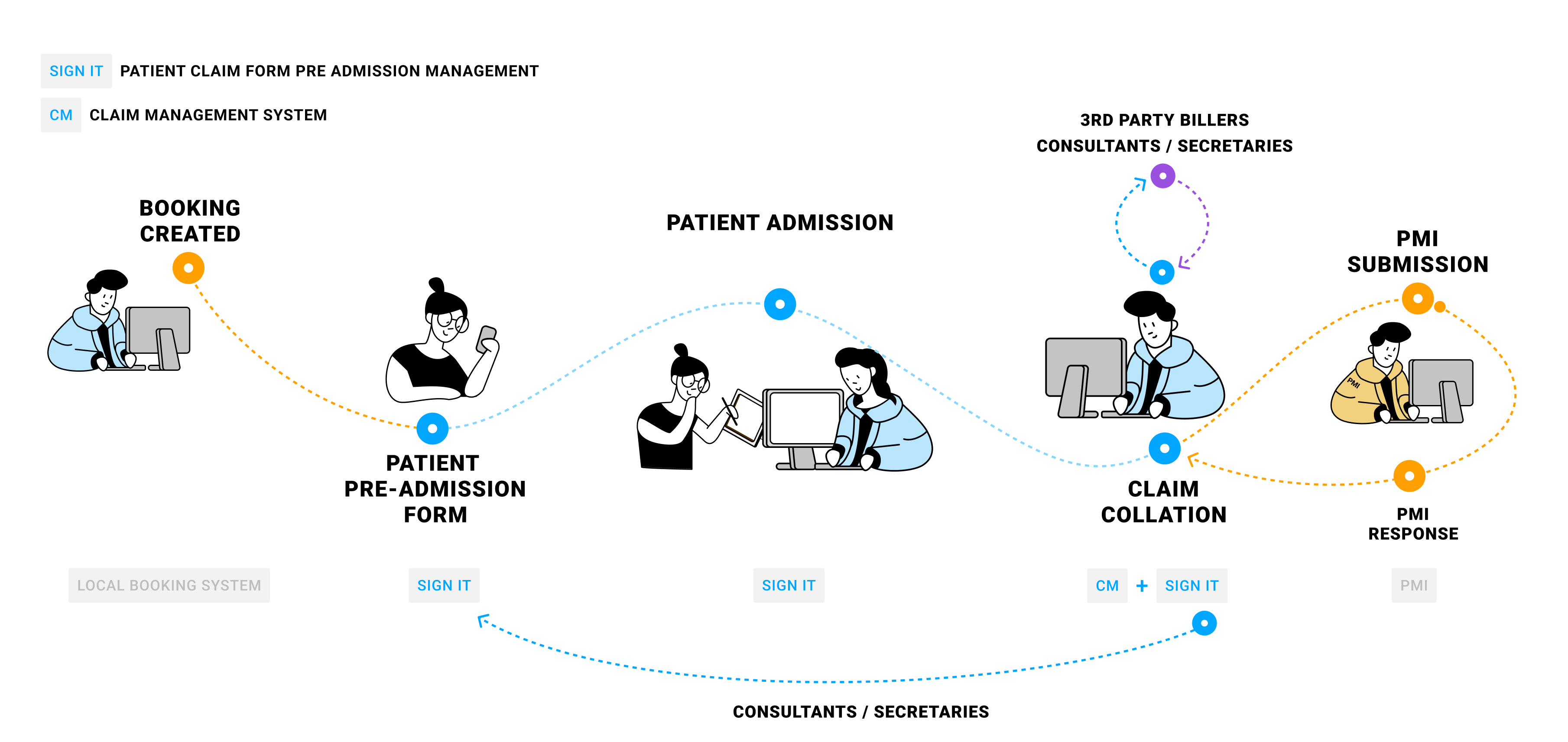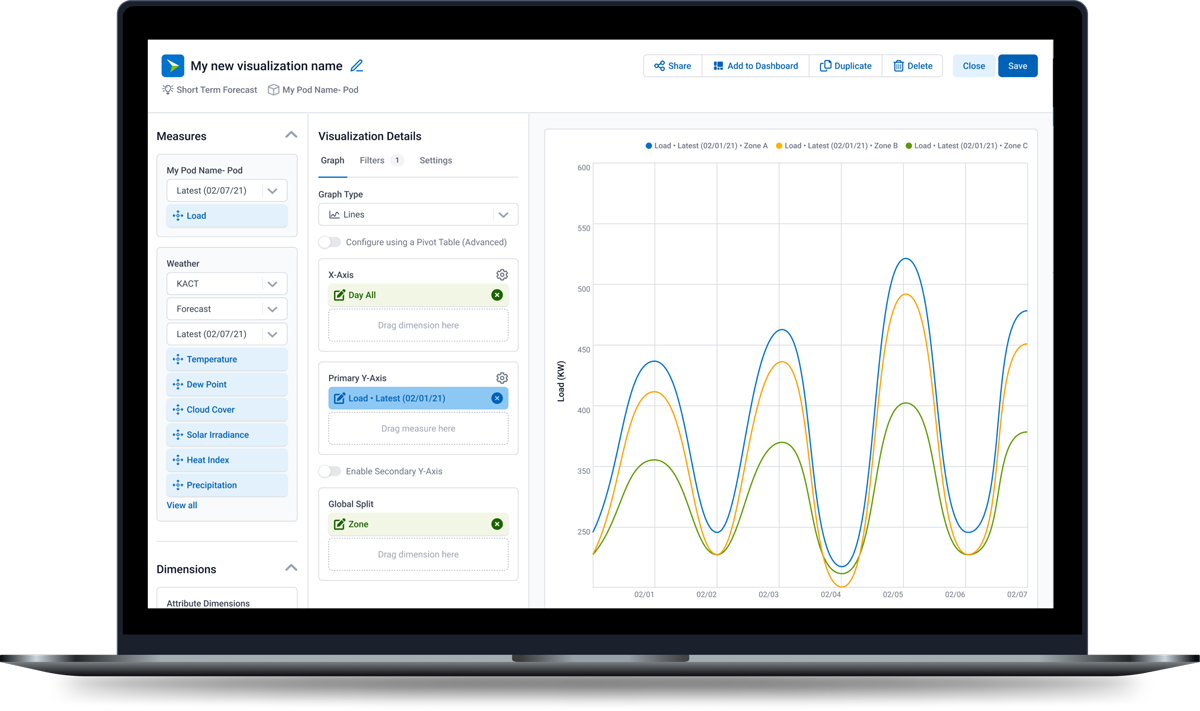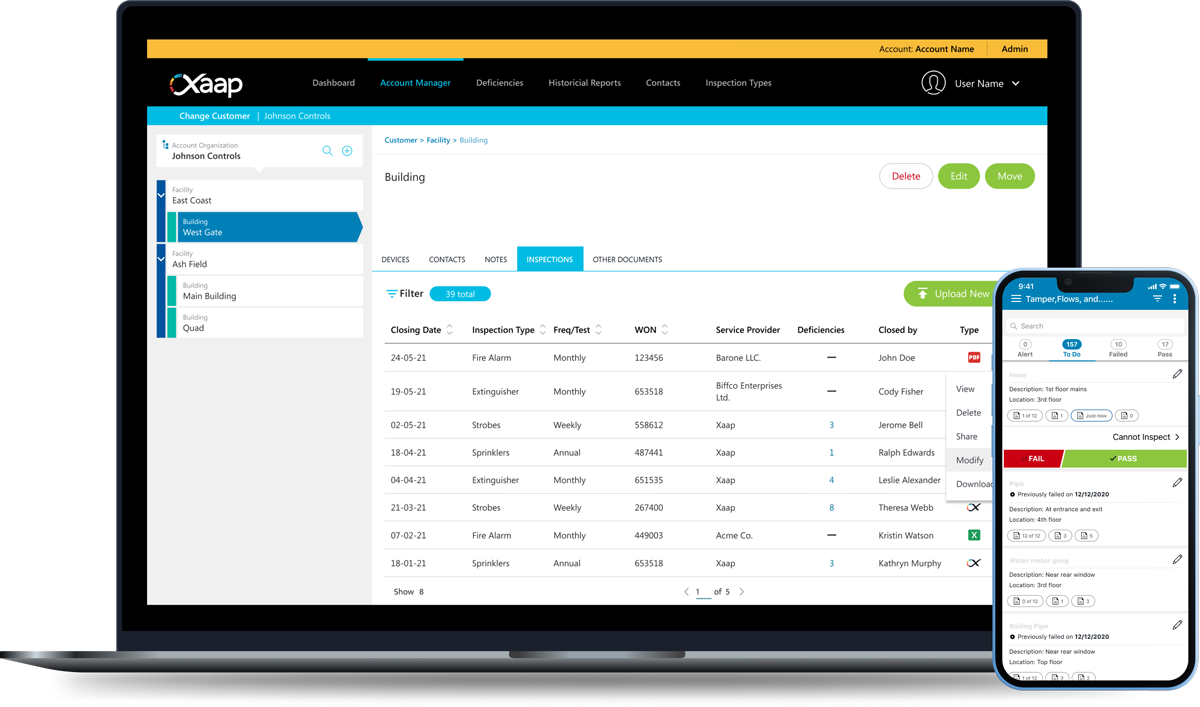Transforming Hospital Claims & Admissions.
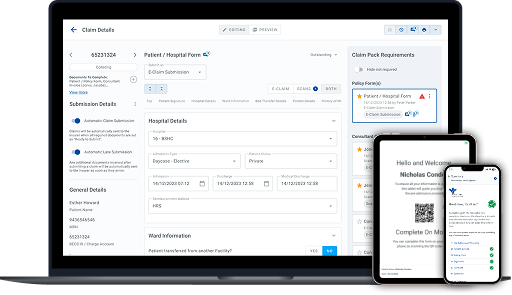
The Original Challenge.
Before the introduction of SIGN-IT and The Claim Managemnt, the admissions and claims process at Bon Secours was largely manual, inconsistent across sites, and difficult to manage at scale. There were no unified workflows, just a patchwork of local practices, workarounds, and paperwork.
Some of the most pressing issues included:
- Pre-admissions were handled over the phone, leading to frequent communication errors.
- Patients didn’t complete claim forms until arrival, resulting in delays, stress, and inaccuracies.
- In some facilities, claim forms were mailed to patients before appointments, creating administrative burden and often leading to lost or delayed documentation.
- Some sites used digital claim systems, while others relied entirely on post, making it hard to track approvals, denials, or required amendments in a standardised way.
- Patient signatures were frequently missed or improperly captured, triggering follow-ups and compliance risks.
- Change requests from insurers, or between third-party billers and consultants, were scattered across email threads or even sent by post, adding to the confusion and slowing down resolution.
Discovery: Understanding the User Pain Points.
Through workshops across all sites and interviews with hospital administrators, insurers, consultants, and billing teams, we discovered consistent pain points and several concerns:
- Lost or incomplete claim forms and signatures causing significant rework.
- Delays from mail-based communication and unclear approval statuses.
- High stress for patients completing forms at admission time.
At the same time, some doubts and fears about transitioning to a digital system arised:
“How older patients would interact with the new technology? ”
“Would patients be comfortable using digital signatures instead of traditional handwritten signatures?”
My Role & Design Strategy.
As Lead Product Designer, I was responsible for driving the end-to-end UX strategy, from discovery to delivery, across a highly fragmented healthcare ecosystem.
This project wasn’t just about building interfaces; it required replacing outdated habits, aligning multiple user types, and designing a system that could scale across diverse hospital environments.
My focus areas included:
- Leading user research and stakeholder workshops to uncover pain points and align priorities
- Mapping complex workflows and defining scalable, cross-facility solutions
- Creating personas and use cases rooted in real-world behaviour
- Designing a flexible Information Architechture and interaction model across mobile, tablet, and web
- Collaborating closely with product and engineering to validate edge cases and refine feasibility
- Delivering a unified experience across all platforms through a shared design system

Workshop session Bon Secours Cork, Ireland (5 Sessions in total across all sites in Ireland)
User Personas.
We were designing for a highly complex environment, where each user group had specific roles, tools, and goals. From admissions to revenue, every part of the workflow was touched by different people, each with unique needs and expectations.
To capture that, we mapped out key personas:
External
-
Patients
From tech-savvy to digitally hesitant, often anxious about hospital visits or unclear paperwork.
Fears: Digital overload, loss of control, inaccessible forms.
Needs: Clarity, ease of use, autonomy, and a sense of inclusion. -
Consultants & Secretaries
Adding clinical data to claims, often juggling multiple patients and workflows.
Fears: Complex interfaces, repeated data entry.
Needs: Simplicity and minimal disruption. -
Third-Party Billers
Managing claims on behalf of consultants.
Fears: Incomplete records, limited access to information.
Needs: Seamless handovers and flexible access. -
Insurers
Reviewing, validating, and paying claims.
Fears: Incomplete submissions, poor documentation quality.
Needs: Consistency, clarity, and traceability.
Internal
- Hospital > Clerical Officers
Frontline staff managing patient admissions and documentation under time pressure.
Fears: Mistakes, delays, untraceable paperwork.
Needs: Speed, clarity, and error-proof workflows. - Hospital > Billers
Preparing invoices and compiling documentation to support claims.
Fears: Missing info, rejected claims, duplicate work.
Needs: Document control, accuracy, and visibility. - Hospital > Credit Control
Managing revenue and payment reconciliation.
Fears: Payment delays, missing claims, data mismatches.
Needs: Clear status tracking and consistency. - Hospital > Admins (IT)
Controlling system access and configurations.
Fears: User errors, poor support, limited oversight.
Needs: Granular permissions and stability.
This level of diversity meant designing a one-size-fits-all solution was never an option. Each interface and workflow had to be grounded in real-world usage, while the entire system still felt cohesive and unified.
Designing the System
From the start, it was clear that a single interface couldn’t support the complexity of this ecosystem. Each user group worked in different contexts, with unique workflows and levels of digital comfort. This led us to a key design insight: the platform needed multiple entry points, tailored to the real-world conditions of each user.
We defined three interconnected interfaces:
-
Mobile App: For patients to complete pre-admission steps remotely, giving them clarity and control before arriving at the hospital.
-
Tablet Kiosk: For on-site use, allowing patients to review and sign documents digitally at reception.
-
Web Application: For clerical staff to complete pre-admission on behalf of patients and send signature requests directly to the tablet kiosk to ask patients to sign in person, and for the hospital biller to be able to collate efficiently a claim pack and have the proper visibility of each claim status on almost real time.
Despite serving different needs, we ensured the experience remained cohesive across all platforms. A unified design system, shared components, and consistent interaction patterns created a sense of continuity, making it feel like one seamless product, no matter the touchpoint.

App Hierarchy and Information Architecture.
The information architecture was meticulously structured to support ease of navigation, intuitive use, and clear differentiation between user roles and tasks:
- Clear segmentation between SIGN-IT and Claim Management functions.
- User-specific workflows and intuitive navigation paths.
- Seamless integration between mobile app, kiosk, and backend claim management system.
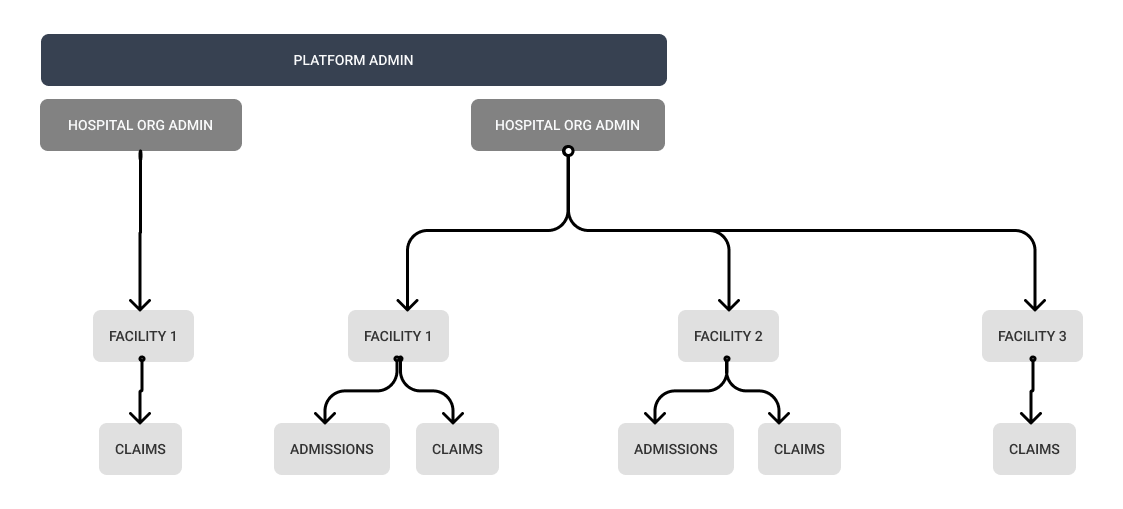
After several iterations with stakeholders and potential users of the systems utilising several mechanisms such card sorting or even trello boards to get feedback and hands on interaction, we defined the information architecture to the main modules of the system: Organisation Manager, Sign It and Claims Manager, you can find bellow one of the early proposals the ecosystem Information Architecture:
User Interaction Journey.
After several hours of whiteboard sessions between stakeholders, developers and PM’s, we came up with a pretty good picture how all the scattered pieces of software will act together, you can see bellow how several of the user personas will interact on each part of the life cycle, each persona will be interacting with different portions of the ecosystem to finally collate and submit a claim form to the insurer.
SIGN-IT: Pre-Admission System.
Patient Mobile App.
Enables patients to conveniently complete their pre-admission paperwork digitally from their mobile phones before arriving at the hospital, significantly reducing stress and paperwork errors.
Patients can easily pick a digitalised signature, which has proven to be very effective to encourage engagement on elderly population.
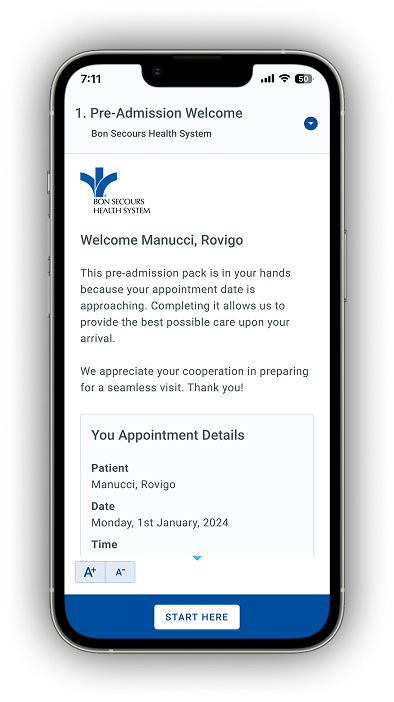

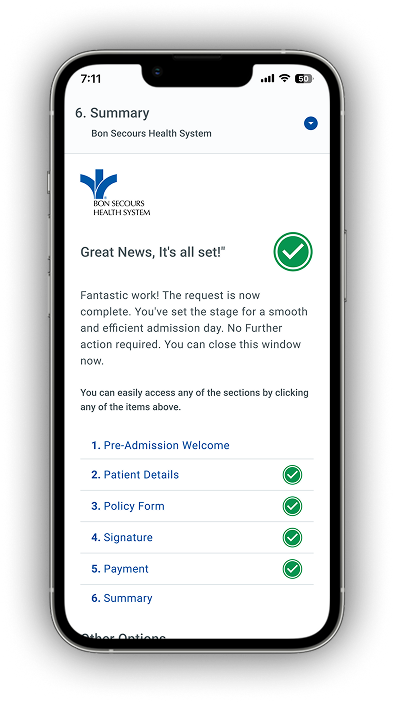
Tablet Kiosk.
A user-friendly tablet placed at the hospital admission desks allowing patients to securely capture digital signatures if not previously captured via the mobile app.
Patients can scan the QR code sisplayed on the tablet and complete the pre admissions request on the desk or waiting area of the hospital.
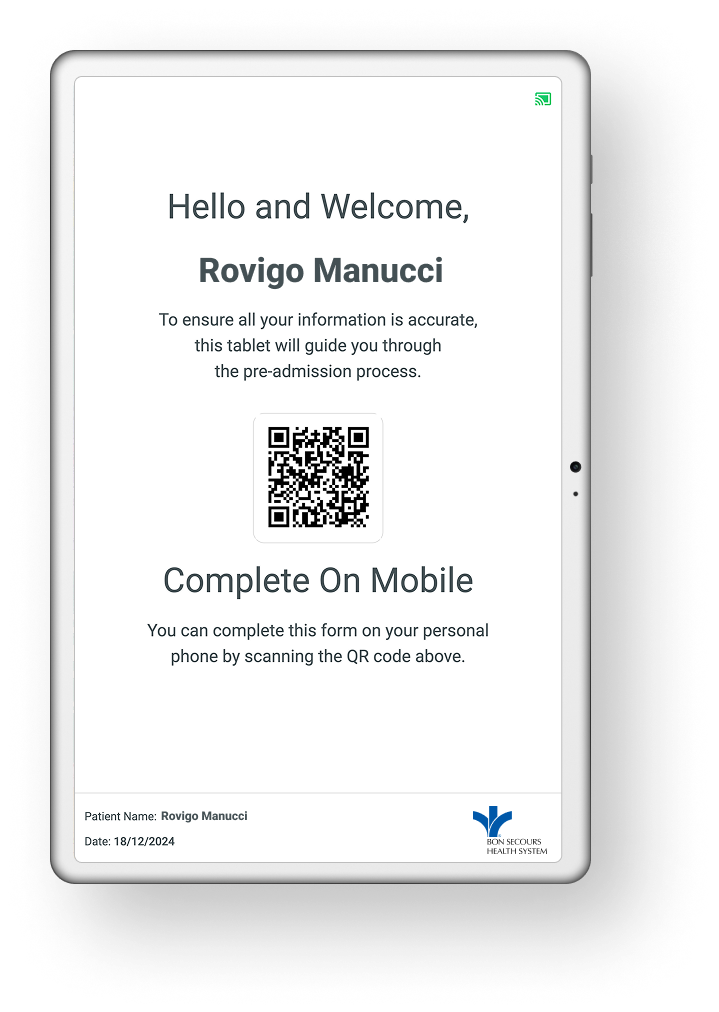
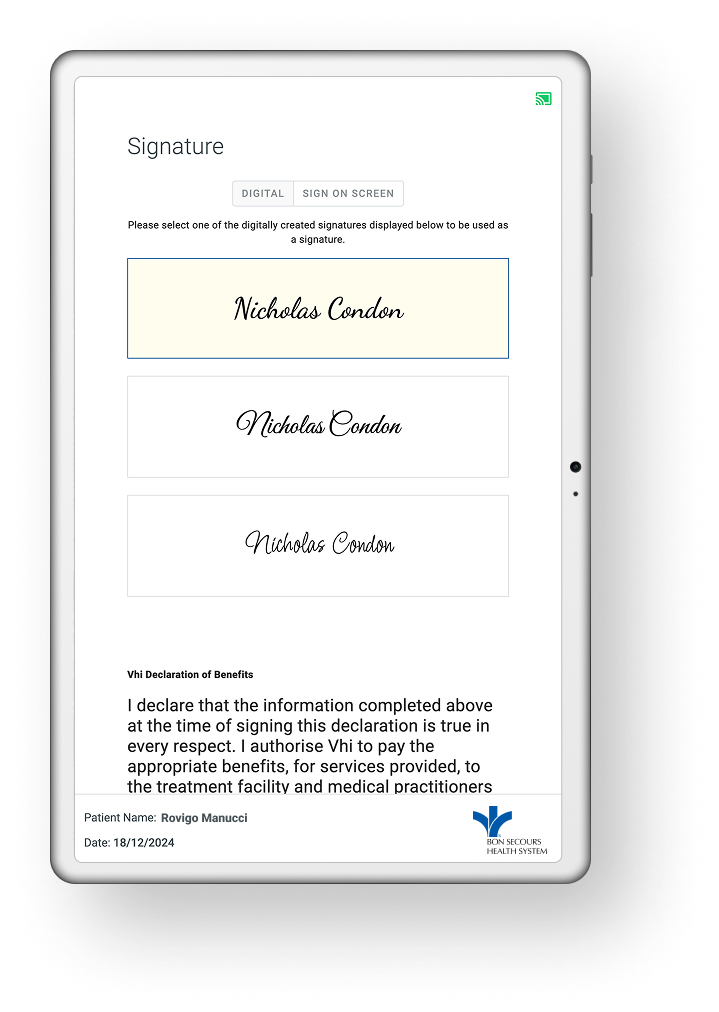
Web Application.
Allows clerical officers to complete the pre-admission form on behalf of the patient using a computer.
Once completed, the signature request can be broadcast directly to the tablet for the patient to sign.
This flexibility ensures accessibility for patients who may not have completed the process beforehand or who prefer assistance onsite.
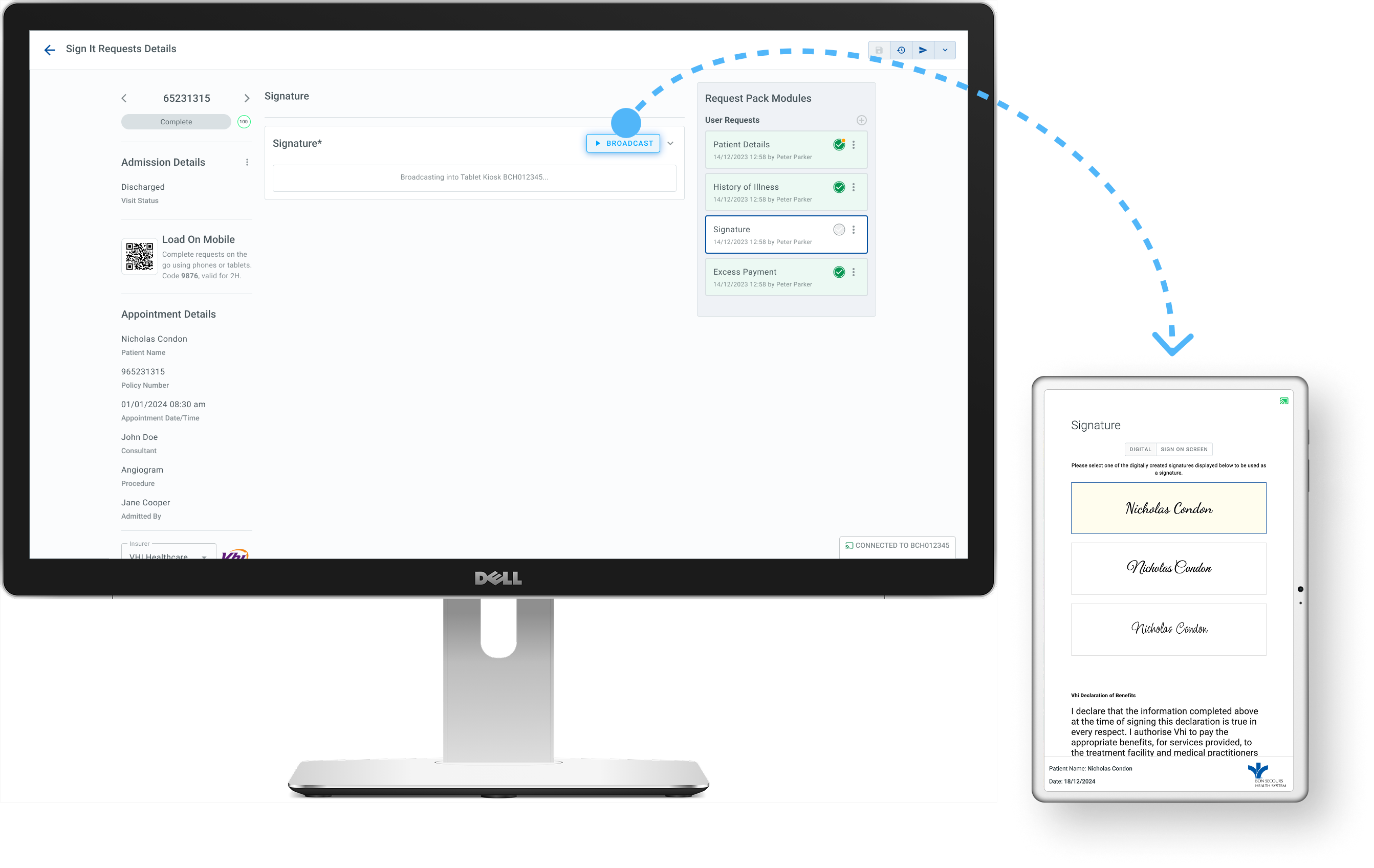
Claims Management System
A centralized platform collating and organizing all documentation related to patient claims.
Automatic preparation of claims for submission to insurers, ensuring accuracy, ease of tracking, and efficient handling of insurer responses.
Built-in digital signature capture for consultants and patients, ensuring compliance and accuracy.
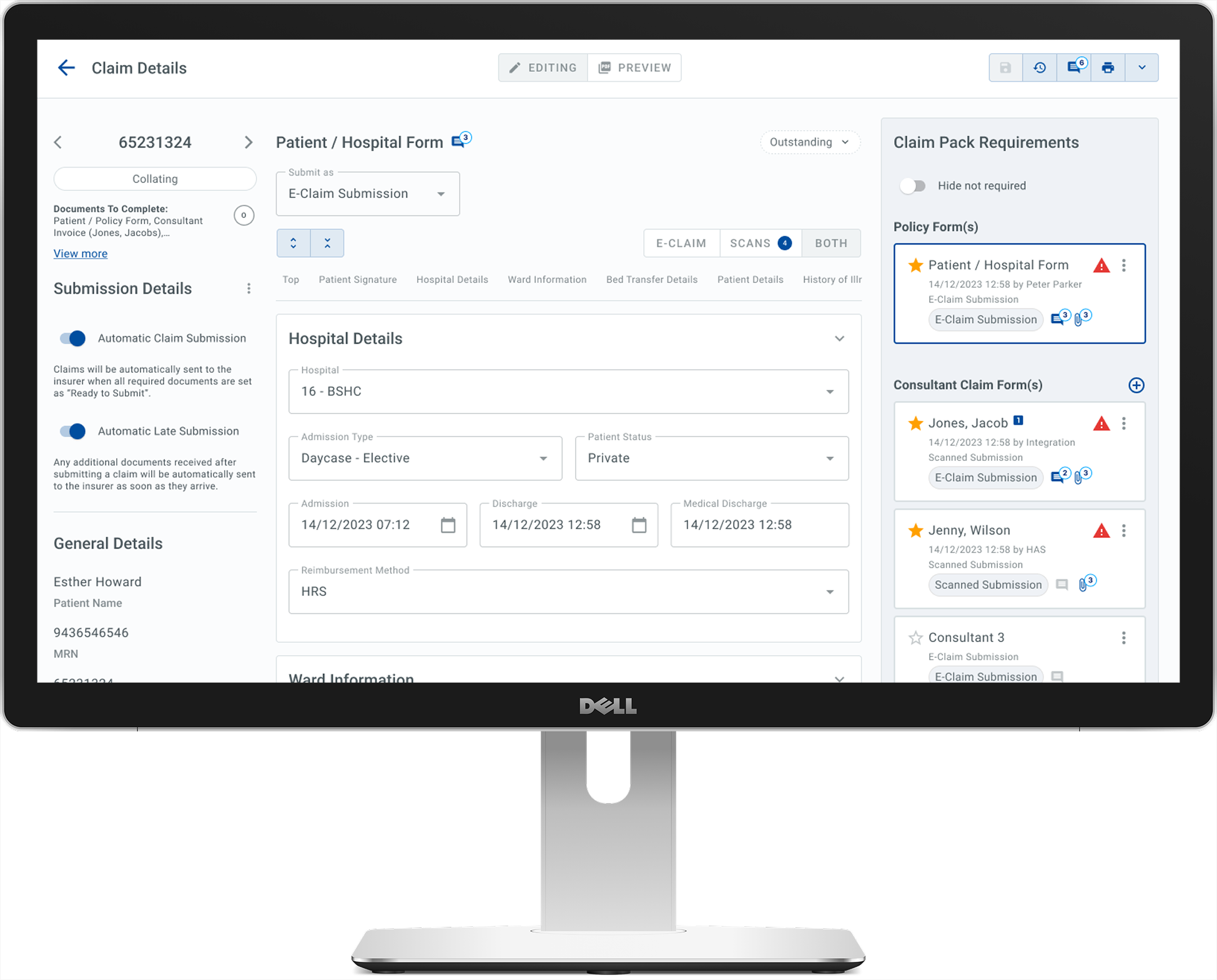
💬 UX Win
One of the most impactful outcomes from early workshops was identifying that hospital billers relied heavily on emails to request changes from third-party billers and consultants.
These conversations were hard to track, led to versioning issues, and often got lost. I advocated for an internal commenting system to centralise communication within the platform.
Although it wasn’t part of the initial scope and took effort to get stakeholder buy-in, it’s now one of the most-used features in BECS, and has become essential to their daily workflow.
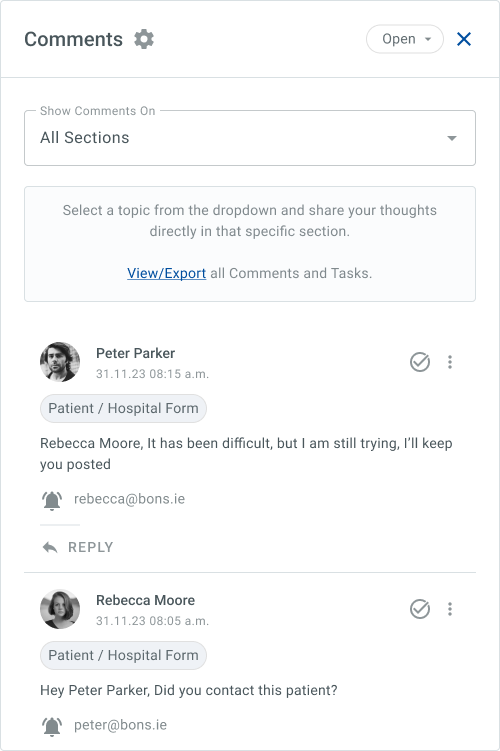
Results that Scaled.
85% Less Paperwork
Missing Signatures
35% Less Returns
- 85% reduction in administrative overhead related to claims and admissions paperwork.
- Complete elimination of missed patient signatures.
- Real-time visibility into claim statuses, reducing 3rd party billers communication delays by over 60%.
- Enhanced patient satisfaction due to reduced waiting times and simplified admission experiences.
- Improved compliance and audit-readiness, with all documents centrally stored, digitally signed, and easily retrievable.
- Cashflow improvement on payments from insurers from Bi weekly payments to Weekly payments.
- 35% reduction on returned claims from insurers.
This project demonstrated the profound impact thoughtful digital transformation can have, not just operationally but in enhancing overall patient care and satisfaction. Simplifying complex processes enabled hospital staff and insurers to focus more effectively on patient outcomes, significantly reducing stress and improving efficiency across the board..
Final Reflextions.
This project demonstrated the profound impact thoughtful digital transformation can have, not just operationally but in enhancing overall patient care and satisfaction.
Simplifying complex processes enabled hospital staff and insurers to focus more effectively on patient outcomes, significantly reducing stress and improving efficiency across the board.
A rewarding side note.
During an audit by the DPO team at the very first facility to implement SIGN-IT, the auditor had a brief conversation with a patient who had limited mobility. When asked about his experience getting admitted that day, his response was deeply moving.
He shared that, for the first time in his life, he was able to see his own admission documents—and more importantly, sign his own claim form. Because of his condition, he’d never been able to hold a pen to do it. But with SIGN-IT, he simply selected a digital signature option that suited him, and for the first time, he was actively part of his own admission process.
Moments like this remind us why we build these products—to empower people who are often overlooked and to make meaningful change where it matters most.
Other projects…
The SAAS Platform for Energy Providers
Innowatts.
Redesigned the platform energy providers use to understand their customers and plan smarter. Worked on turning complex data from millions of Smart Meters into clear insights that support forecasting, risk decisions, and engagement, without overwhelming the user.
The Compliance Platform for Service Providers
XAAP.
By Johnson Controls
Designed a complex inspection platform for service providers managing fire, life safety, and security systems. Designed features like barcode scanning, customizable templates, and offline support, while keeping the experience clean, fast, and collaborative.
